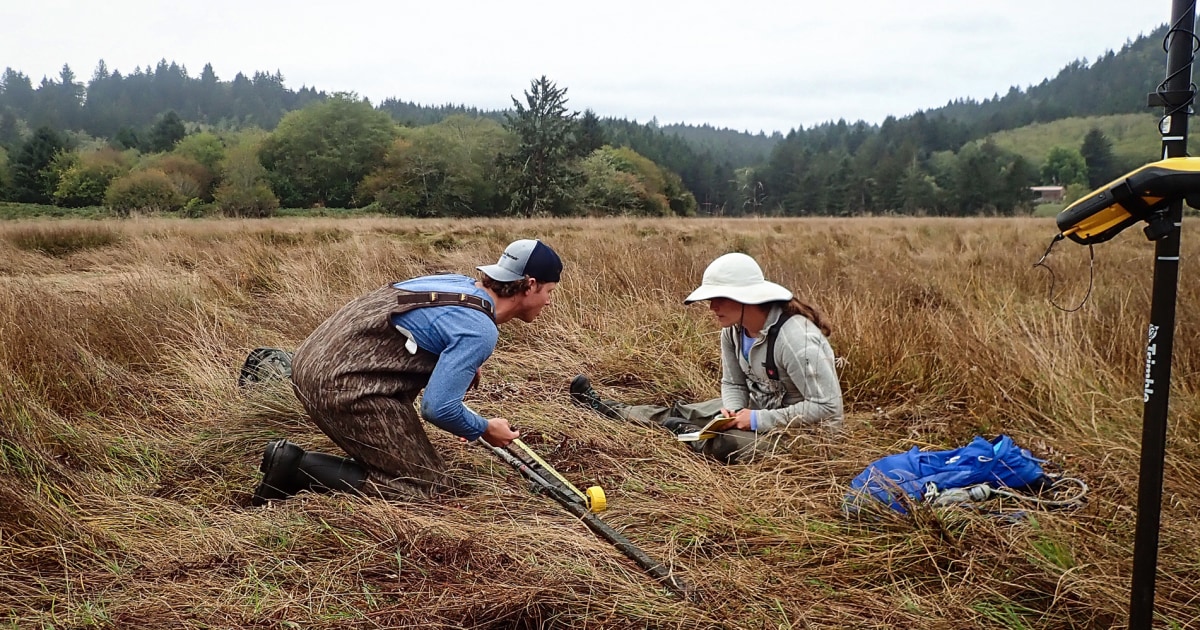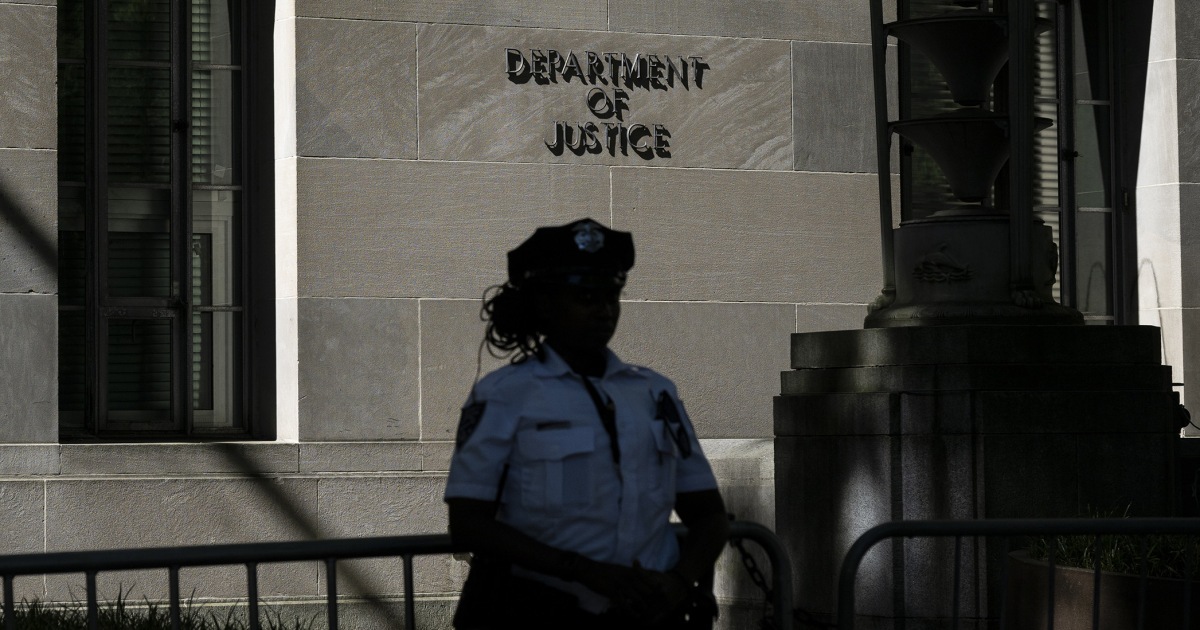Saudi authorities also said that health care providers had treated people for heat stress and performed emergency care, including dialysis, cardiac catheterization and open-heart surgeries. More than 30,000 ambulance and 95 air ambulance services were provided, the Ministry of Health said.
Saudi Health Minister Fahd bin Abdurrahman Al-Jalajel said that 83% of the deaths were unauthorized pilgrims who had walked long distances in the heat. Official Hajj permits typically include dorm or hotel accommodations and transportation around Mecca, but many people cannot afford them, which can cost up to $10,000. As a result, scores of unauthorized pilgrims often make their way without the proper visas or registration.
“The health system provided over 465,000 specialized treatment services for free, including 141,000 services to those who didn’t obtain official authorization to perform Hajj," the Ministry of Health said.
Chishti agreed that unauthorized pilgrims were disproportionately affected by the heat because they did not have official travel arrangements or proper accommodations.
“All hotels and dorms had air conditioners and fans. But those who didn’t have reservations or could not find their allotted hotels were forced to sleep on the streets,” he said. “They didn’t have umbrellas or water bottles. There were some people who arrived themselves without any bookings — they were affected the most.”
Shakoor Hajat, a professor of global environmental health at the London School of Hygiene & Tropical Medicine, said risk mitigation for the Hajj is particularly difficult.
“The Hajj is a unique situation in that pilgrims are often elderly and walking for long periods in very extreme temperatures,” Hajat said.
Extreme heat can be deadly because it affects the body’s ability to regulate its internal temperature. When conditions are too hot and humid, sweat cannot evaporate and the body can no longer cool itself. Heat can also exacerbate pre-existing health conditions, raising the risk of heart attacks, respiratory problems and kidney disease.
Groups at heightened risk include young children, pregnant women and older people.

 1 year ago
1 year ago
 (200 x 200 px).png)








 English (US) ·
English (US) ·